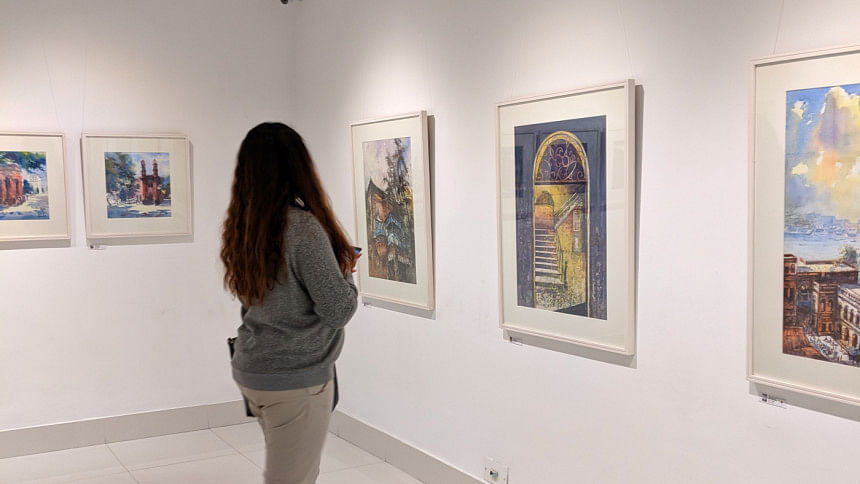Art and Its Cyclic Nature

The specialty of art lies in its ability to flawlessly express itself while manipulating innumerable forms of illustrations and incarnations that have echoed through generations and significantly evolved at each turn. Paintings, sculptures, music and language – all of these forms have been known to embody the essence of our imagination. Corresponding to that, art has remained fluid and ever changing in its motion whilst adorning centuries with the evolution of our minds.
Except that, our mind seems to be travelling around the spectrum in a cyclic pattern!
Stemming from realism, art transitioned to surrealism until it finally entered the era of abstract. The contrasting themes of art created throughout different time periods only enunciate the distinct patterns that it has followed through time. The establishment of this cyclic nature brings us to the main question, on which we can only speculate – "Why does art follow this cycle?"
Realism refers to the form of art where it is the general attempt to represent subject matter truthfully, without artificiality, avoiding speculative fiction and supernatural elements. Realism can be seen integrated into various works, whether they are paintings or sculptures, prevalent from the ancient times to the early Renaissance period. This strict adherence to portraying only the life around us was likely rooted from an unyielding environment, where living on to see the next dawn was not guaranteed. Fear of being eaten alive by bears is hardly a recipe for creative inspiration.
However, with the bears restricted to forests, and the new brewing civilisation, humanity prospered with improved living standards and freedom. This allowed imagination in forms that had never before been observed, leading to the style of art ubiquitous during the 20th century — surrealism, which incorporated elements of realism mixed in with abstract. Sadly, the Greeks were left behind as artists delved into newer and bolder art forms. Thus, humanity began its journey towards perceiving more than what meets the eye.
Some might say we have reached the zenith of civilisation. The fear of feral animals is now replaced with the looming dread of the no-internet dinosaur. This significantly enhanced lifestyle and over a millennia of progress means that imagination can soar through the roof and enable us to create completely abstract and illusory ideas. After centuries of trials and experimentations, art has finally reached a distinct place when it comes to self-expression. However, is it really the end of this cycle?
Evolution is a continuous process, and so art will invariably metamorphose with the passage of time. We might witness art devolve into the ideals of old, with realism making a grand comeback as a victim of technology's habit of constructive destruction. Alternatively, art might continue its seemingly perpetual pursuit of abstractionism and infinitude, and bring about yet another unforeseen revolution transcending the limits of our imagination.

 For all latest news, follow The Daily Star's Google News channel.
For all latest news, follow The Daily Star's Google News channel. 



Comments